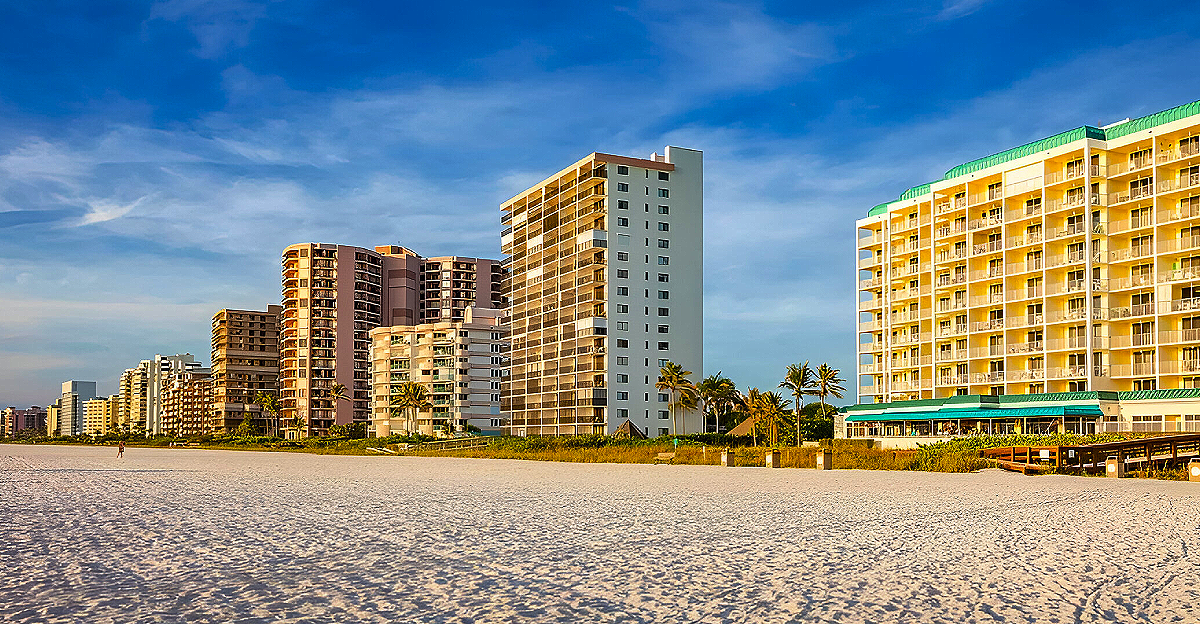
As we move into 2024, Florida homeowners grapple with unprecedented challenges as housing costs reach record highs. Many families from Tampa to Miami feel the financial strain as median home prices soar above $415,000. This figure represents a staggering 53% increase over the past four years, positioning Florida’s real estate market as one of the most expensive in the nation.
The crisis is particularly acute, with a record 35% of families spending more than a third of their income on housing. “It’s gotten nearly impossible for families to keep up,” says the CEO of the Florida Housing Coalition. The question looms: how much more pressure can homeowners endure before they reach their breaking point?
Insurance Pressures Amplify Financial Strain

As if skyrocketing housing prices weren’t enough, rising insurance premiums threaten homeownership across Florida. Many families already stretched thin are now facing additional financial burdens. Recent reports indicate that over 15% of policyholders have experienced either dropped coverage or doubled rates in 2024, primarily attributed to hurricane risks and market volatility.
“We’re seeing monthly payments ballooning by hundreds of dollars,” states an Insurance Information Institute spokesperson. For first-time buyers, the shocking insurance cost has become a deal-breaker, often forcing cancellations and pushing aspiring residents out of the Market. This intensifying crisis raises questions about the underlying stability of Florida’s real estate sector.
Historical Context of Florida’s Housing Market

We must consider Florida’s historical housing volatility to understand the current landscape. The Market has always been prone to dramatic highs and lows, but the pandemic triggered a significant surge in demand. During 2021 and 2022, a wave of investors and remote workers pushed prices to unprecedented levels.
Developers raced to meet this demand, but labor shortages and rising material costs stymied new construction. Coupled with weak local oversight and speculative buying, the state witnessed an unsustainable appreciation of property values. The rapid escalation set the stage for a potential market bubble, prompting us to consider: can history explain what lies ahead as these tensions escalate?
Early Warning Signs of Market Instability

As we dive deeper into 2024, various early warning signs indicate a potential market instability. The inventory of unsold homes has skyrocketed 64% compared to the previous year, reaching levels not seen since 2012. Meanwhile, mortgage delinquencies have surged by 20% among lower-income Floridians, as many struggle to pay.
The once-bustling landscape of real estate transactions is now marked by rising failed deals, particularly in fast-growing metropolitan areas like Orlando and Jacksonville. Even seasoned investors, fearing a downturn, have begun offloading properties rapidly since 2008, occasionally at a loss. “It’s not just a slowdown; it’s a reversal,” cautions a Moody’s Analytics analyst. Is this cascade of stressors signaling a forthcoming bubble burst?
Signs of a Coming Bubble Burst

Analysts are growing concerned that Florida’s housing market displays classic pre-crash indicators. Top economist John Wake identifies three major red flags: “Inventory is piling up, prices are flattening, and affordability is at its worst in decades.” A recent Zillow report highlighted a notable finding: South Florida’s median asking price fell by 6% in Q2 2025, marking the first sustained decline since 2011.
Warnings from financial giants like Fitch and Morgan Stanley underscore the severe risks of a sharp market correction should high interest rates continue and the insurance crisis drag on. The prospect of a bubble burst is becoming increasingly unavoidable, putting many Florida families on edge.
Miami’s Real Estate Struggles

Nowhere is the volatility of Florida’s housing market more palpable than in Miami, where luxury sales have plummeted by a staggering 30% year-over-year. Families in surrounding areas such as Broward and Palm Beach counties aren’t escaping unscathed either; evictions have surged by 22% since last summer, with new renters facing nearly 40% higher costs than just a couple of years ago.
“I used to sell two homes a month; now I’m lucky to close one every quarter,” laments Maria Gonzalez, a local Realtor. With local buyers being priced out and investors growing wary, Miami’s real estate industry stands at a pivotal crossroads. Will the city’s recent boom give way to a downward spiral?
The Emotional Toll on Floridians

The financial and emotional toll of this crisis weighs heavily on many Floridians. “We’re seriously debating whether we need to leave the state,” shares Orlando homeowner Erica Singh, who spends half her family’s income on mortgage and insurance. Rural counties are witnessing a distressing exodus of first-time buyers, while retirees on fixed incomes scramble to navigate rising taxes and premiums.
Increasing anxiety is palpable, with families reporting missed payments and food banks observing a 15% uptick in demand. As financial pressures mount, many wonder whether legislative relief or a miracle might provide a viable way out.
Investor Retreats from the Market

Amidst this shifting landscape, institutional and individual investors rapidly cut their losses. Data from Redfin reveals that a record-high 21% of Florida homes purchased since 2022 are now back on the Market, often listed below their acquisition cost.
Major landlords like Blackstone and Starwood have begun retreating from key markets such as Miami and Tampa, emphasizing a drastic reversal: “What was once red-hot is now ice-cold,” reports the Florida division of REMAX. This retreat raises critical questions about housing supply, rental prices, and the overall stability of neighborhoods long considered desirable.
Compound the Crisis

As if the housing affordability crisis weren’t dire enough, median rents in Florida have skyrocketed an astonishing 42% since 2020. This surge has positioned the state among the least affordable for both renters and buyers. In cities like Tampa, the rent-to-income ratio exceeds 45%, categorizing many households as “severely cost-burdened” according to the Census Bureau.
Nonprofit housing advocacy groups now report “historic levels” of housing insecurity, indicating that 1 in 4 renters are falling behind on payments in 2025. Faced with rising costs from both directions, the question looms: how much longer can this system absorb escalating expenses without facing widespread fallout?
Collateral Damage in the Housing Crisis
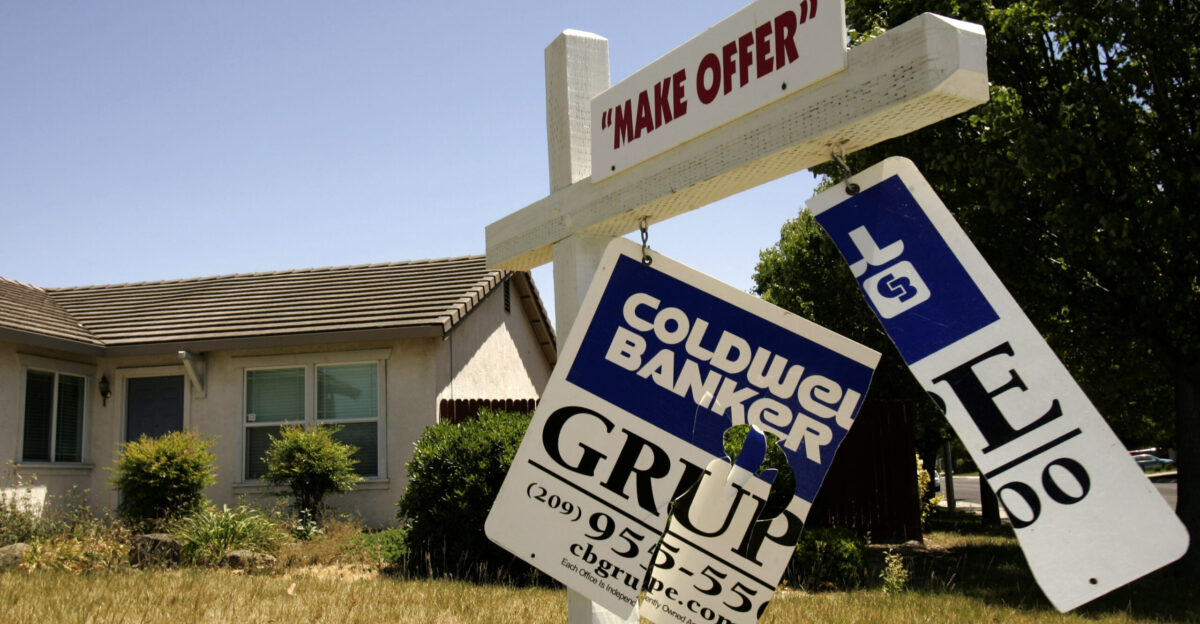
The present housing crisis is affecting Florida in multifaceted and troubling ways. Families across the state feel the collateral damage, adjusting their lifestyles as financial stress becomes a daily reality. “We used to take family trips; now we can barely afford groceries,” laments a stressed-out Tampa father, underscoring the harsh choices many now face.
As pressure mounts from above and below, with rent rising and homeownership becoming increasingly unattainable, a perfect storm brews. The intersections of mortgage stress, soaring insurance premiums, and escalating rents illuminate the urgent need for systemic solutions. But will legislative action come in time to mitigate this overwhelming strain affecting so many Floridians?
The Call for Legislative Action

Given the dire circumstances, many are looking towards state and local government for meaningful solutions. Advocacy groups argue that swift legislative focus is essential to safeguard vulnerable communities facing eviction or foreclosure. “We need measures that not just address the symptoms but tackle the root causes of the crisis,” insists a housing activist involved in local policy discussions.
Proposals for tenant protections, affordable housing initiatives, and adjustments in tax frameworks are all on the table. The time to act is now; if proactive measures aren’t implemented, the spiraling crisis could reach levels that demand emergency intervention.
Future Outlook of Florida’s Housing Market
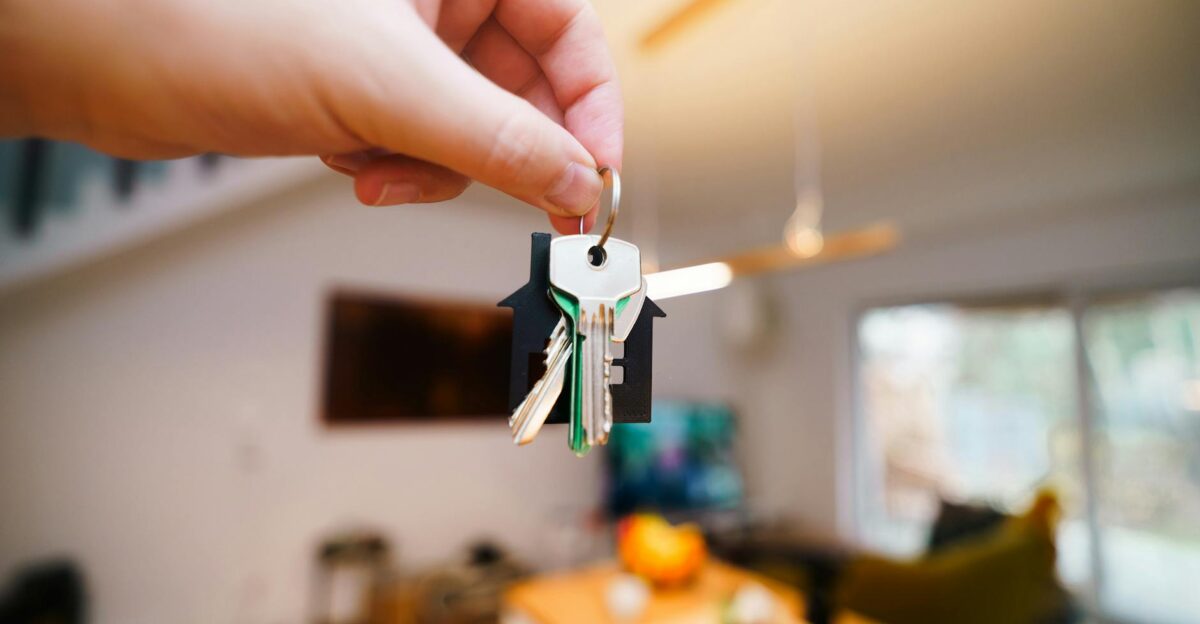
Despite the immense challenges, experts suggest that opportunities exist amidst the turmoil. If policymakers implement effective regulations and support struggling homeowners, stabilization is still within reach. Urban planners emphasize that increasing the affordable housing supply can lessen the pressure in high-demand markets.
“Sustainable solutions must incorporate supply and demand strategies,” notes a local urban development expert. While the Market may currently appear chaotic, the potential for recovery hinges on collaborative efforts from both state and community leaders. Will Florida rise to meet these challenges and emerge stronger, or is it destined for further hardship?
Lessons from Other Markets

Looking at housing crises across the country can provide valuable lessons for Florida’s current predicament. San Francisco and New York have implemented effective rent control policies and inclusionary zoning to foster more stable environments. “There’s wisdom in learning from others’ mistakes and successes,” a national housing economist states.
Although each area’s circumstances vary, the importance of prioritizing long-term sustainability over short-term profits is universal. Incorporating lessons learned from various approaches could help Florida navigate its housing turmoil more effectively.
Community Resilience and Adaptation
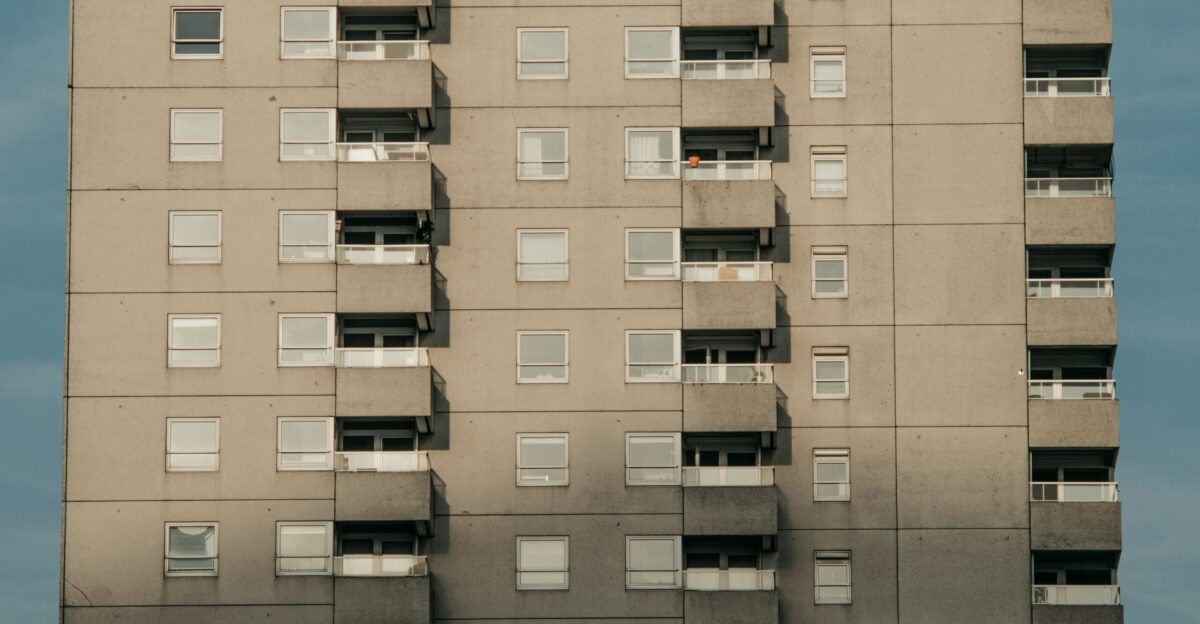
Throughout these trying times, communities across Florida exhibit remarkable resilience and adaptability. Local organizations are stepping in, offering resources and support to those affected by the crisis. “We’re seeing neighbors come together in ways we never imagined,” shares a coordinator from a grassroots housing program.
Collective efforts to provide emergency assistance, housing education, and financial planning are gaining traction. These initiatives emphasize the power of community in times of need, turning individuals into advocates. It’s a beacon of hope that highlights the vibrancy and tenacity of Florida’s populace amidst adversity.
Looking Ahead
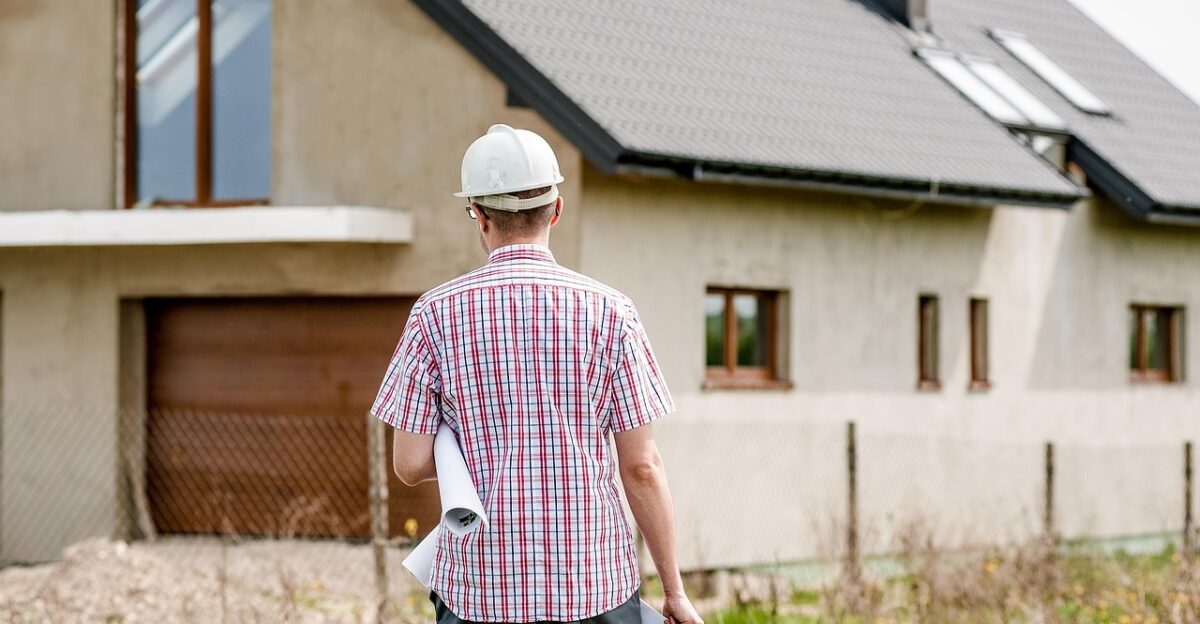
As we stand at a crossroads, Florida’s housing market presents various challenges and potential opportunities for transformation. Families and individuals are grappling with rising costs, while investors are reconsidering their strategies in the face of volatility. The urgency for legislative intervention and community-driven initiatives could pave the way for a more equitable future.
As Floridians confront the realities of rising housing costs, insurance pressures, and the looming threat of a market correction, the collective hope remains that together they can forge a path toward long-term stability and sustainability in the Sunshine State.